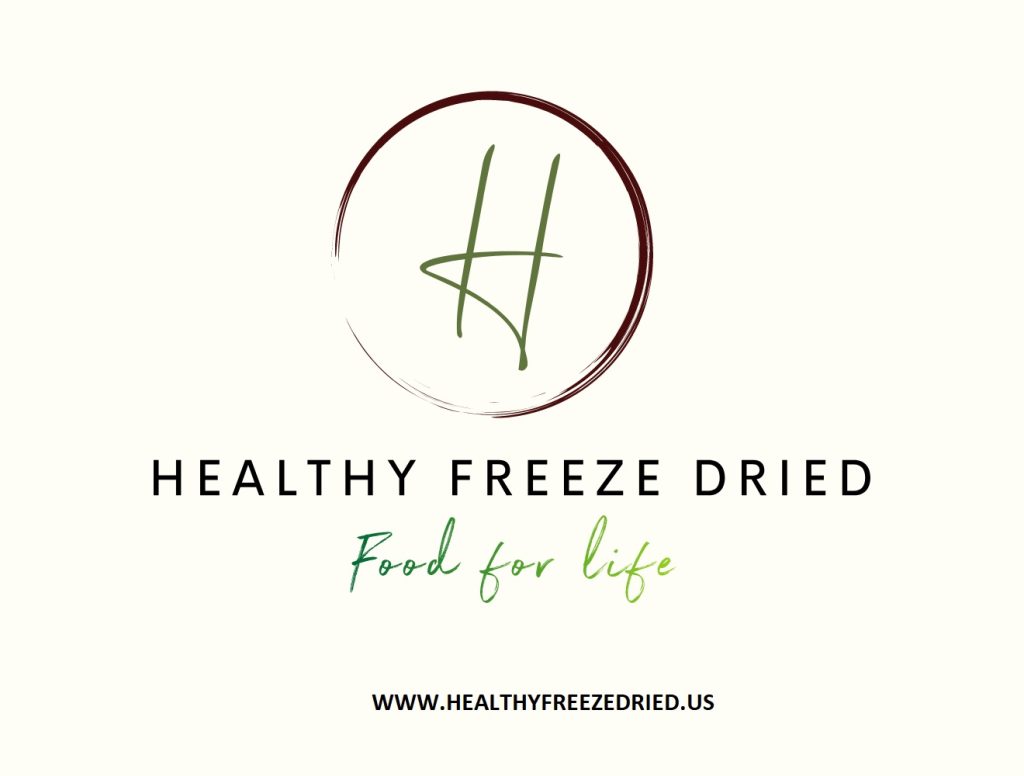Vitamins are organic compounds made by plants and animals which can be broken down by heat, acid or air. On the other hand, minerals are inorganic, exist in soil or water and cannot be broken down. When you eat, you consume the vitamins that plants and animals created or the minerals they absorbed. The micronutrient content of each food is different, so it’s best to eat a variety of foods to get enough vitamins and minerals. An adequate intake of all micronutrients is necessary for optimal health, as each vitamin and mineral have a specific role in your body. Vitamins and minerals are divided into four groups: water-soluble vitamins, fat-soluble vitamins, macro minerals and trace minerals.
No matter what type, they are absorbed the same way in your body and work together in the body. Rotating microgreens and other foods regularly help to limit over-consumption of any single anti-nutrient and provides health-promoting variety in your diet. In addition, by adding microgreens to your meals will also help to close any gaps in your vitamin or mineral intake.
Fat-soluble Vitamins
There are four fat-soluble vitamins in the human diet.
Vitamin A helps maintain your vision. So much so that without it plays you would go blind. The main sources of Vitamin A are retinoids and carotenoid antioxidants known as provitamin A. The most efficient of these is beta-carotene, which is abundant in many microgreens, such as kale and spinach.
Recommended Daily Amount of Vitamin A
| Upper Limit | Adult Men | Adult Women | Children |
| 10,000 IU (900 mcg) | 3,000 IU ( mcg) | 2,333 (700 mcg) | 1,000 IU (300 mcg) to 2,000 IU (600 mcg) |
Vitamin D maintains the balance of c900alcium and phosphorus levels in your blood to maintain bone health. The main source of vitamin D is Vitamin D2, found in mushrooms and plants. Amaranth and sunflower microgreens are packed with Vitamin D.
Recommended Daily Amount of Vitamin D
| Upper Limit | Adults and Children | Elderly Adults |
| 4,000 IU (100 mcg) | 600 IU (15 mcg) | 800 IU (20 mcg) |
Vitamin E is a group of related antioxidant compounds (tocopherol and tocotrienol) which act in the body to protect cells against free radicals and oxidative damage. Spinach, cilantro, green daikon radish, and sunflower microgreens are packed with Vitamin E.
Recommended Daily Amount of Vitamin E
| Upper Limit | Adults and Children over 14 | Breastfeeding Women |
| 1500 IU (1,000 mg) | 22 IU (15 mg/s) of alpha-tocopherol | 28 IU (19 mg) |
Vitamin K plays a key role in blood clotting. Without it, you would run the risk of bleeding to death. The main dietary forms are vitamin K1, found in plant foods. Spinach, kale and broccoli microgreens are packed with Vitamin K. However, consult your physician as Vitamin K can affect the liver, and should never be taken as a supplement if a patient is on blood thinners,
Recommended Daily Amount of Vitamin K
| Upper Limit | Adult Men | Adult Women | Children |
| UNKNOWN | 120 mcg | 90 mcg | 30-75 mcg |
Water-soluble Vitamins
There are 8 water-soluble B vitamins as well as vitamin C.
B1 (thiamine)
B2 (riboflavin)
B3 (niacin)
B5 (pantothenic acid)
B6
B7 (biotin)
B9 (folic acid)
B12 (cobalamin)
Vitamin C
Except for Niacin (B3) there are no known side effects or toxicity at high doses. The common side effect of too much Vitamin B3 are diarrhea, nausea and abdominal cramps.
| Adult Men | Adult Women | Breastfeeding Women | |
| Vitamin B1 (thiamine) | 1.2 mg | 1.1 mg | 1.7 mg |
| Vitamin B2 (riboflavin) | 1.3 mg | 1.1 mg | 2.0 mg |
| Vitamin B3 (niacin) | 16.0 mg | 14.0 mg | 20.0 mg |
| Vitamin B5 (pantothenic acid) | 5.0 mg | 5.0 mg | 10.0 mg |
| Vitamin B6 (pyridoxine) | 1.3 mg | 1.3 mg | 2.0 mg |
| Vitamin B7 (biotin) | 30 mcg | 30 mcg | 300 mcg |
| Vitamin B9 (folic acid, folate) | 400 mcg | 400 mcg | 800 mcg |
| Vitamin B12 (cobalamin) | 2.4 mcg | 2.4 mcg | 8.0 mcg |
| Vitamin C | 90 mg | 75 mg | 120 mg |
These vitamins enhance the enzymes that help us digest and absorb nutrients in our bodies. Your body doesn’t store water-soluble vitamins, except for vitamin B12. So, eating a balanced diet with lots of microgreens daily should get you what you need.
Reference:
Office of Dietary Supplements – Nutrient Recommendations and Databases. (n.d.). https://ods.od.nih.gov/HealthInformation/nutrientrecommendations.aspx

